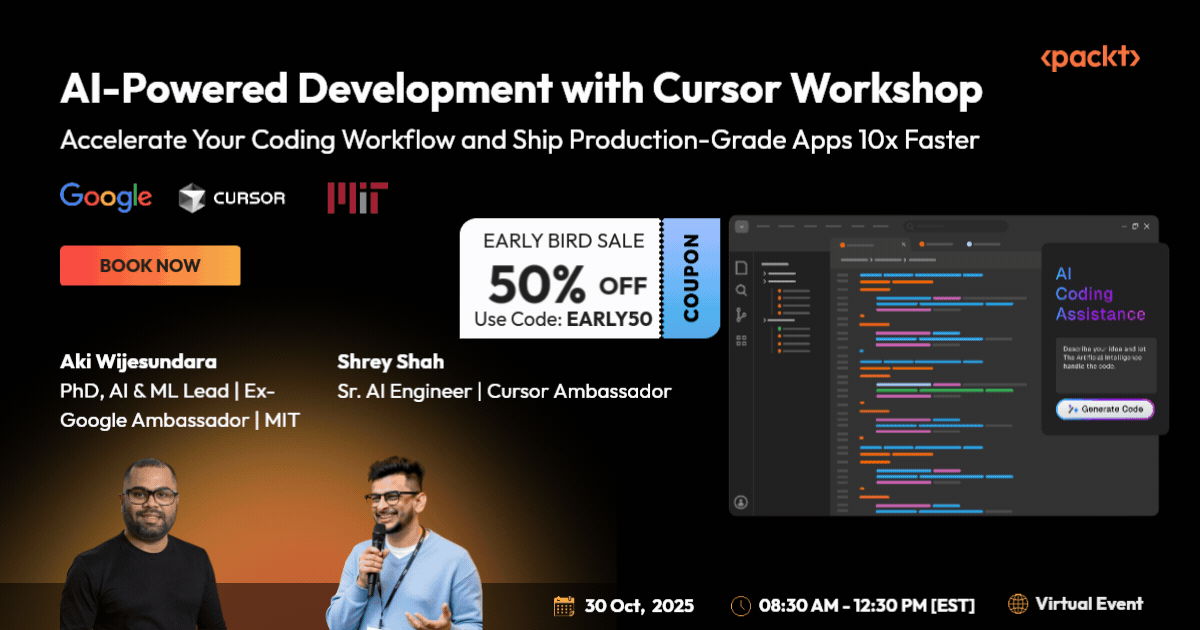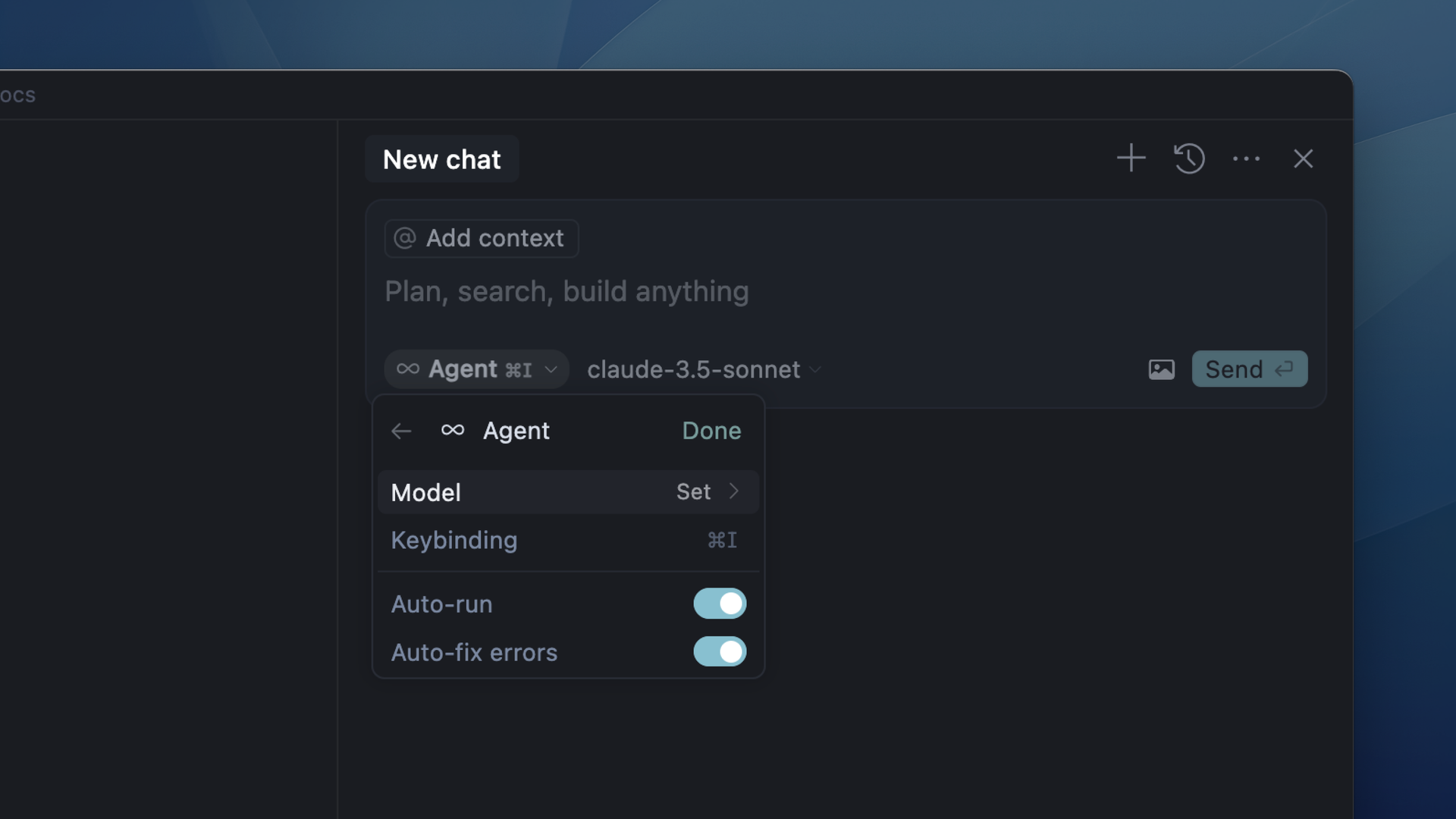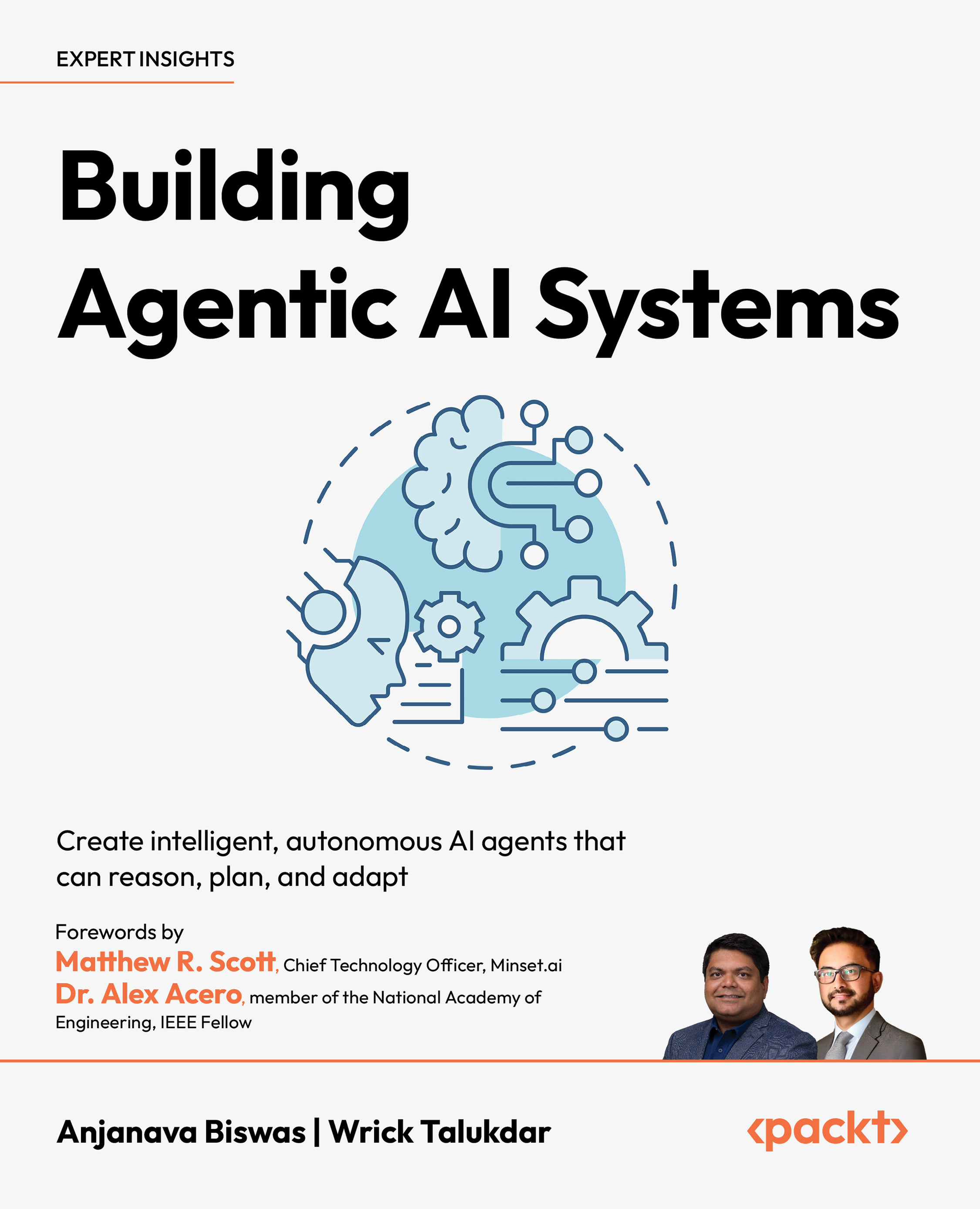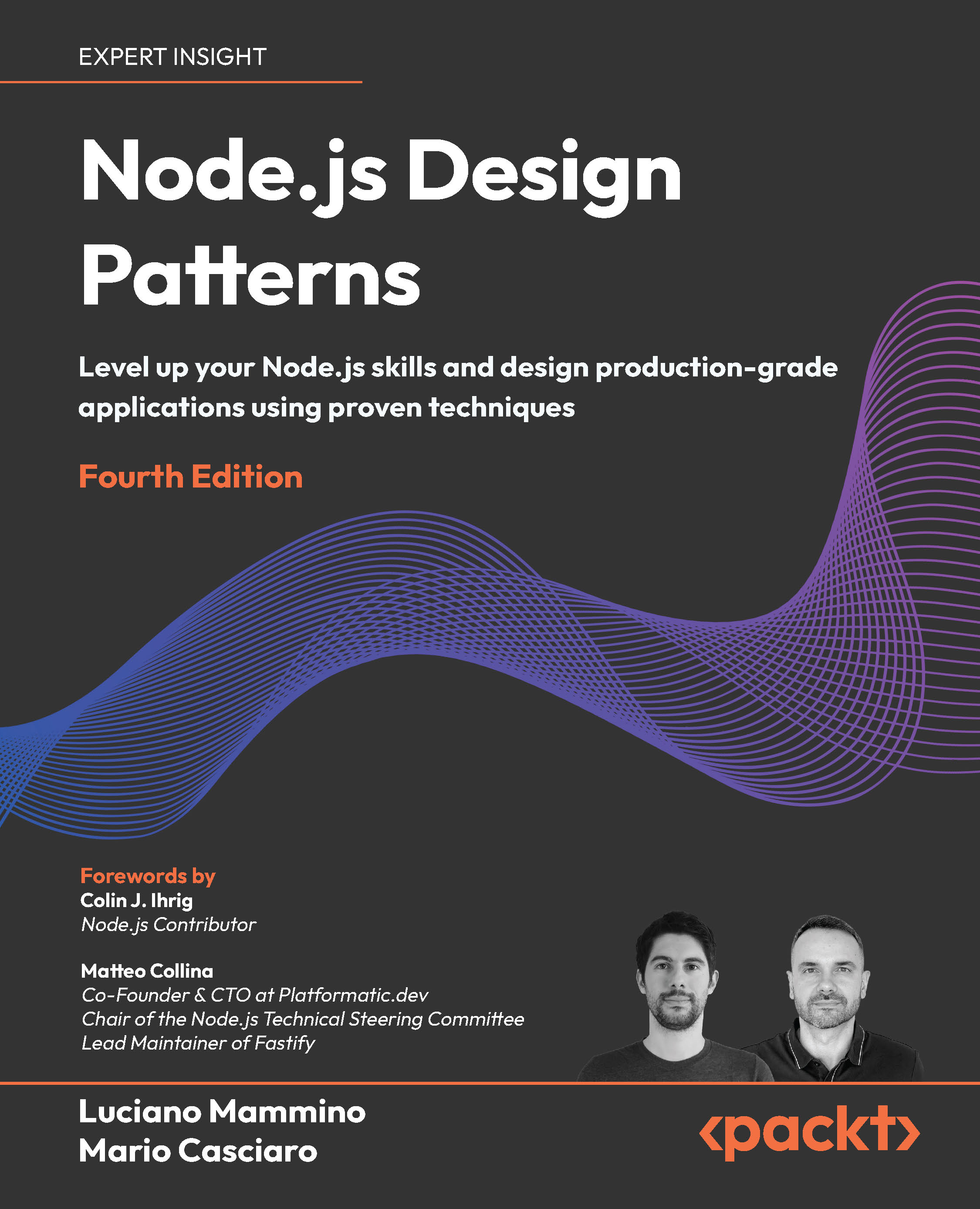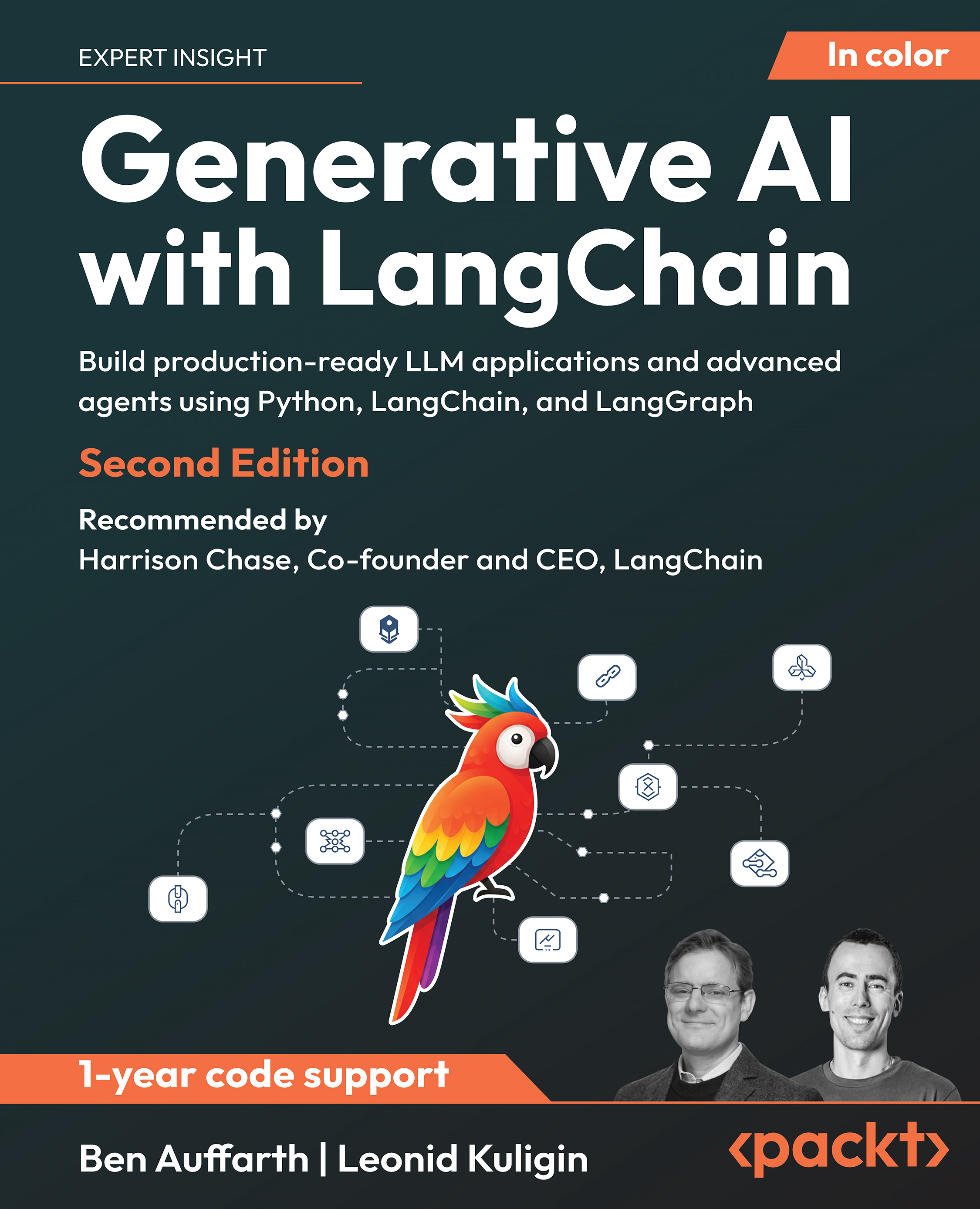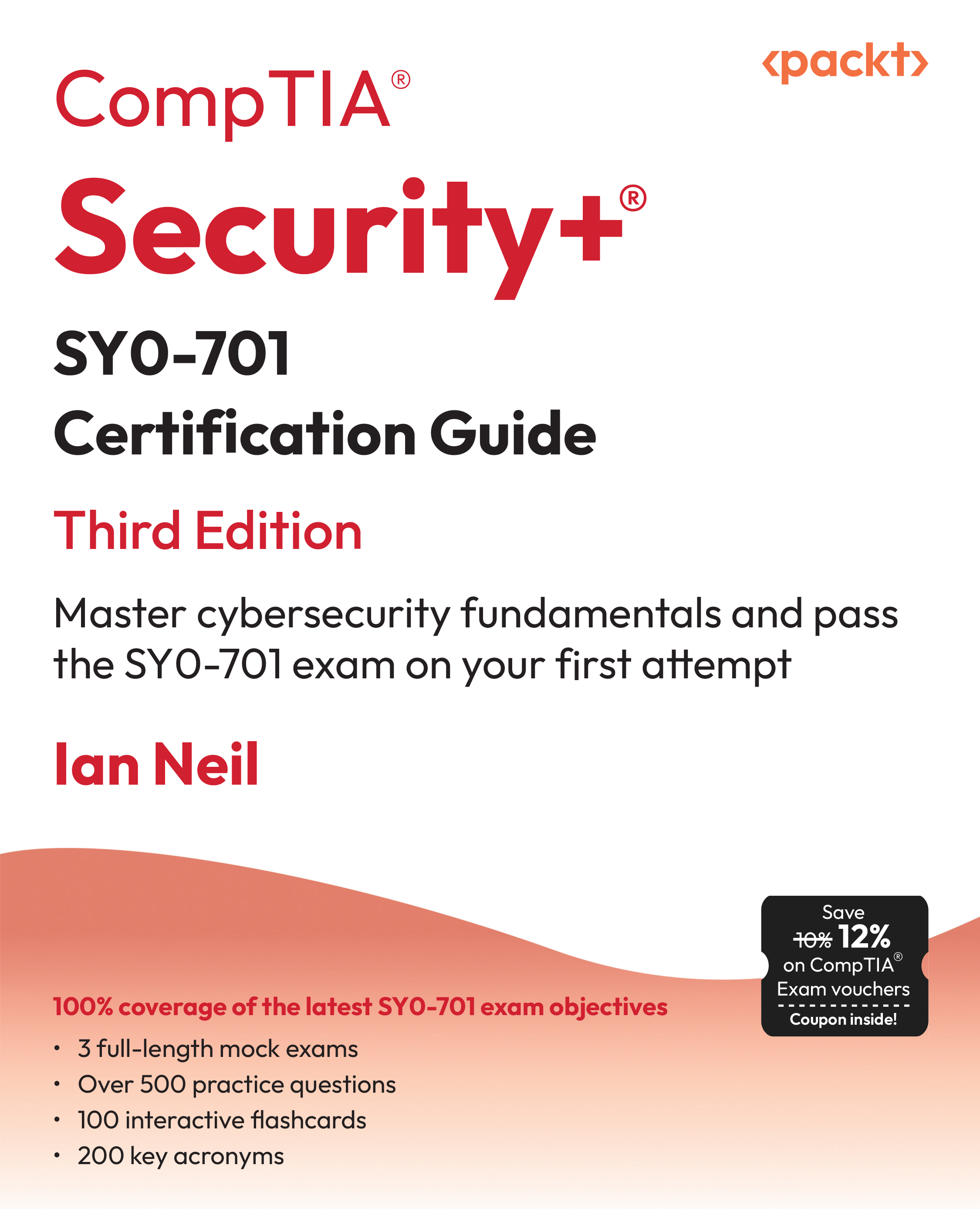Many developers’ first interaction with AI comes through prompt engineering. They experiment with phrasing until the AI gives the desired response. While useful for simple queries, this method struggles with complex, multi-step work. Memory resets force repetition, minor wording changes lead to inconsistent results, and hallucinations introduce errors.
Another early approach is vibe coding, where the developer describes what they want and the AI generates full solutions. This works well for prototypes but often leads to technical debt, weak architecture, and hidden vulnerabilities. The convenience of fast results hides long-term costs.
The more sustainable path is context engineering. Rather than relying on prompts or blind generation, developers create structured environments that provide the AI with rules, data, memory, and tools. Cursor leads in this approach, offering features like codebase indexing, granular @file references, ignore rules, and documentation integration.
Context engineering ensures the AI operates within a controlled environment, producing consistent results while avoiding security pitfalls and maintenance issues. It is the difference between asking an AI to guess and guiding it with a complete framework.
Unlock access to the largest independent learning library in Tech for FREE!
Get unlimited access to 7500+ expert-authored eBooks and video courses covering every tech area you can think of.
Renews at $19.99/month. Cancel anytime
 United States
United States
 Great Britain
Great Britain
 India
India
 Germany
Germany
 France
France
 Canada
Canada
 Russia
Russia
 Spain
Spain
 Brazil
Brazil
 Australia
Australia
 Singapore
Singapore
 Canary Islands
Canary Islands
 Hungary
Hungary
 Ukraine
Ukraine
 Luxembourg
Luxembourg
 Estonia
Estonia
 Lithuania
Lithuania
 South Korea
South Korea
 Turkey
Turkey
 Switzerland
Switzerland
 Colombia
Colombia
 Taiwan
Taiwan
 Chile
Chile
 Norway
Norway
 Ecuador
Ecuador
 Indonesia
Indonesia
 New Zealand
New Zealand
 Cyprus
Cyprus
 Denmark
Denmark
 Finland
Finland
 Poland
Poland
 Malta
Malta
 Czechia
Czechia
 Austria
Austria
 Sweden
Sweden
 Italy
Italy
 Egypt
Egypt
 Belgium
Belgium
 Portugal
Portugal
 Slovenia
Slovenia
 Ireland
Ireland
 Romania
Romania
 Greece
Greece
 Argentina
Argentina
 Netherlands
Netherlands
 Bulgaria
Bulgaria
 Latvia
Latvia
 South Africa
South Africa
 Malaysia
Malaysia
 Japan
Japan
 Slovakia
Slovakia
 Philippines
Philippines
 Mexico
Mexico
 Thailand
Thailand


